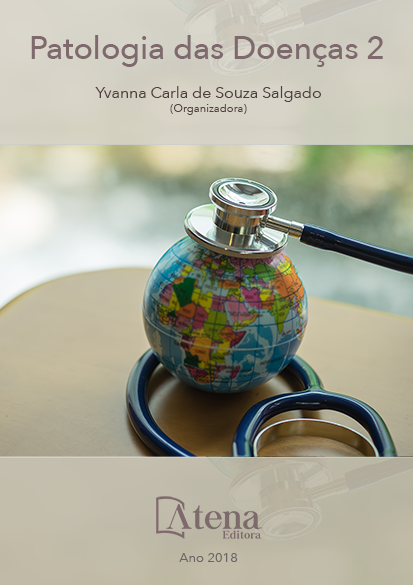
PATOGÊNESE E DIAGNÓSTICO DA DENGUE: UMA VISÃO INTEGRADA
A dengue é uma doença infecciosa
causada pelo vírus da dengue (DENV)
pertencente à família dos Flavivírus. Na natureza,
o DENV circula entre seus dois principais
mosquitos que funcionam como vetores o Aedes
albopictus ou o Aedes aegypti e os humanos,
sendo, portanto, chamada de arbovirose. Ao
longo do tempo, esta arbovirose evoluiu de uma
doença esporádica para um grande problema
de saúde pública com substancial efeito social
e econômico devido ao aumento da extensão
geográfica, do número de casos e à gravidade
da doença. Sua rápida emergência global está
relacionada a mudanças demográficas e sociais
dos últimos 50-60 anos, incluindo crescimento
populacional sem precedentes, aumento do
movimento de pessoas (e consequentemente
vírus), urbanização descontrolada, mudanças
climáticas e colapso na infraestrutura de saúde
pública e programas de controle de vetores.
Embora seja extensamente estudada pela
comunidade científica, ainda não é totalmente
compreendido porque alguns pacientes tem a
forma mais branda da doença enquanto outros
evoluem para as formas graves e até mesmo
o óbito. Desta forma, devido à compreensão
limitada da patogênese da dengue, ainda não
há terapias satisfatórias nem uma vacina que
possa prevenir a infecção pelo DENV. Nesse
contexto, o diagnóstico precoce da doença é de
fundamental importância por permitir o manejo
clínico adequado para o paciente e impedir
que este venha a manifestar a forma grave da
doença fornecendo qualidade de vida. Assim,
este trabalho fornece uma visão detalhada
acerca da patogênese e o diagnóstico da
doença.
PATOGÊNESE E DIAGNÓSTICO DA DENGUE: UMA VISÃO INTEGRADA
-
DOI: Atena
-
Palavras-chave: dengue; patogênese; diagnóstico.
-
Keywords: dengue; pathogenesis; diagnostic.
-
Abstract:
Dengue fever is an infectious
disease caused by dengue virus (DENV) in
the family of Flaviviruses. In nature, the DENV
cycles between its two main mosquitoes as
vectors the Aedes albopictus or Aedes aegypti
and the humans were, therefore, called
arbovirose. Over time, this arbovirose has
evolved from a sporadic disease to a large
public health problem with substantial social and economic effect due to increased
geographical extension, the number of cases and the seriousness of the disease. Its
rapid global emergence is related to demographic and social changes of the last 50-
60 years, including unprecedented population growth, increased movement of people
(and consequently virus), uncontrolled urbanization, changes climate change and
infrastructure collapse of public health and vector control programs. Although it is widely
studied by the scientific community, is still not fully understood why some patients have
the mildest form of the disease while others evolve into serious and even death. In this
way, due to the limited understanding of the pathogenesis of dengue, there is still no
satisfactory therapy or a vaccine that can prevent infection with DENV. In this context,
the early diagnosis of the disease is of fundamental importance for allowing the clinical
management suitable to the patient and prevent this will manifest the severe form of
the disease by providing quality of life. Thus, this work provides a detailed view on the
pathogenesis and diagnosis of the disease.
-
Número de páginas: 15
- Carmem Gabriela Gomes de Figueiredo


